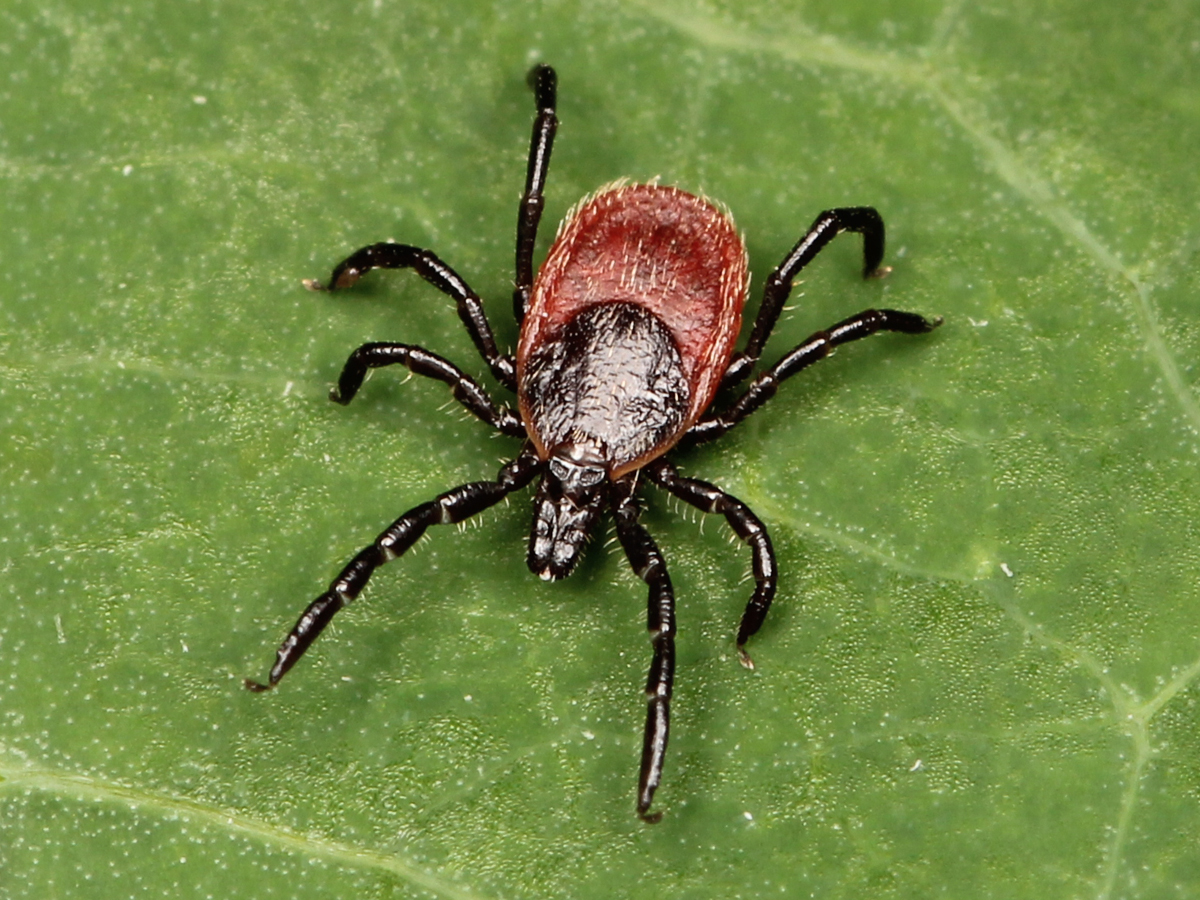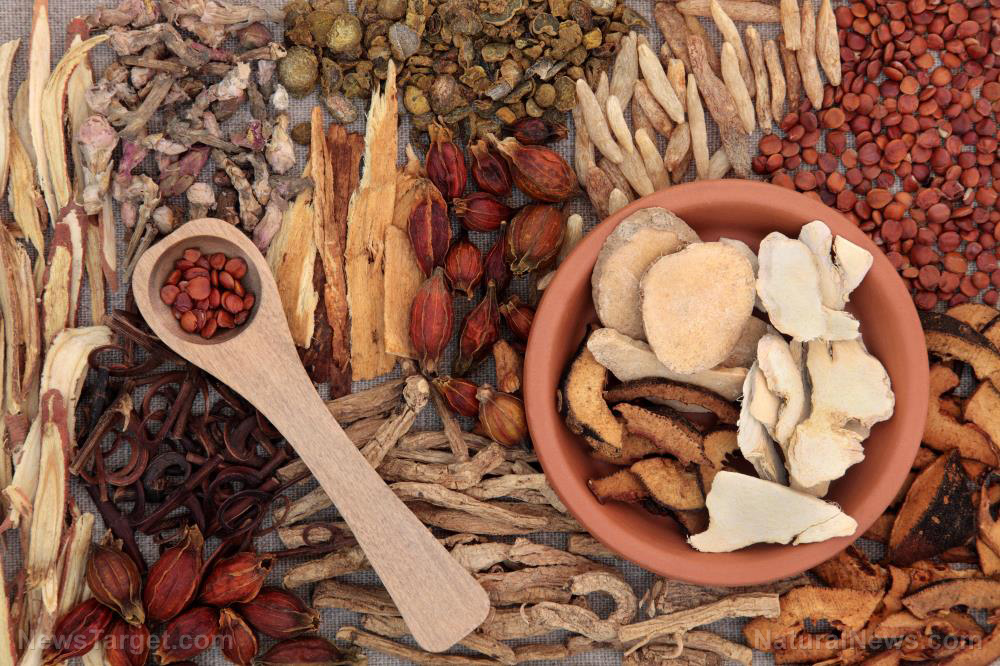More than half of Lyme disease survivors experience severe, persistent symptoms, even after being clinically cleared of infection
02/17/2018 / By Michelle Simmons

A study, published in the journal Frontiers in Medicine, found that more than 50 percent of Lyme disease survivors still suffer from severe, persistent symptoms even after being clinically cleared of the infection.
A team of researchers from John Hopkins University School of Medicine evaluated 61 individuals who were either self- or physician-referred to the Lyme Disease Clinical Research Center at Johns Hopkins and who met the study criteria. The participants were from 18 to 82 years old. In addition, the research team involved 26 healthy participants as controls who do not have a clinical history of Lyme disease symptoms and no antibodies to Borrelia burgdorferi that would point out past or current infection.
Every participant underwent a comprehensive battery of clinical and laboratory tests as well as a physical exam that analyzed vital signs and evaluated different organs and joints. In addition, they received an extensive neurological assessment. Their detailed medical histories were also collected. In order to determine general markers of health in their blood and antibody markers of past exposure to Lyme disease, laboratory tests were also conducted. They were also asked to accomplish a standardized survey that evaluates the severity of fatigue, pain, sleep disturbance, depression, and quality of life.
The results revealed that physical exam and clinical laboratory tests only showed few clinically significant differences between the two groups, except for an abnormal inability to sense vibrations in some post-treatment Lyme disease syndrome (PTLDS) patients.
Mother Nature's micronutrient secret: Organic Broccoli Sprout Capsules now available, delivering 280mg of high-density nutrition, including the extraordinary "sulforaphane" and "glucosinolate" nutrients found only in cruciferous healing foods. Every lot laboratory tested. See availability here.
“We found no truly objective markers of PTLDS on any of these clinically available tests,” said John N. Aucott, associate professor of medicine at the Johns Hopkins University School of Medicine and director of the Johns Hopkins Lyme Disease Clinical Research Center.
Despite this, standardized surveys showed that around half of the PTLDS patients reported intense fatigue, approximately 28 percent reported extreme pain, about 23 percent reported severe cognitive complaints, and around 31 percent reported extreme difficulty in sleeping. On the other hand, none of the healthy participants reported any symptoms in the “severe” range.
“Even though their exams and lab tests didn’t show much in the way of a common or clear biological marker or markers of PTLDS, it’s clear these patients don’t feel well,” said study co-author Kathleen Bechtold, associate professor of physical medicine and rehabilitation at the university.
She added that these symptoms are more severe in comparison with what the average non-PTLDS patients experience. Moreover, she explained that their findings suggest significant differences between PTLDS and the usual aches and pains people experience in their daily life.
What is Lyme disease?
Lyme disease is a disease caused by the bacterium called Borrelia burgdorferi which is passed on to humans through the bite of infected black-legged ticks. Usually, it causes fever, headache, fatigue, and a skin rash called erythema migrans. PTLDS is characterized when patients experience non-specific symptoms, such as fatigue, pain, and joint and muscle aches, after treatment of the disease.
Antibiotics are widely used by most Lyme disease patients. However, these cause side effects. Fortunately, there are some home remedies that can help fight bacterial infection, treat its symptoms, and relieve the disease. These include the following:
- Antimicrobial herbs – Antimicrobial herbs such as samento, guaiacum, oregano, and clove may help prevent the spread of bacteria like the Borrellia genus.
- Co-infection prevention – When Lyme disease is contracted, it may cause the immune system to weaken. Thus, using olive leaf and cat’s claw, which fight off viruses and boost immunity, can help treat the disease.
- Inflammation reduction – Since one of the main symptoms of the disease is inflammation, it must be reduced, and mushrooms can help reduce inflammation.
- Detoxify – Bacteria can release toxins that can be harmful to the body. Thus, it is important to eat a high-fiber diet and drink at least two liters of water each day to flush out these toxins and eliminate them from the body before they can harm it.
If you’d like to read more news stories and studies on ticks, please go to SuperBugs.news.
Sources include:
Tagged Under: fatigue, infectious disease, Lyme disease, post-treatment Lyme disease syndrome, PTLDS, symptoms, ticks




















